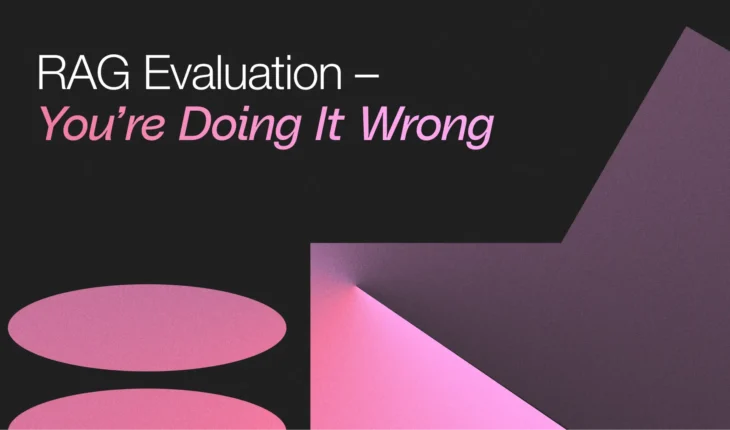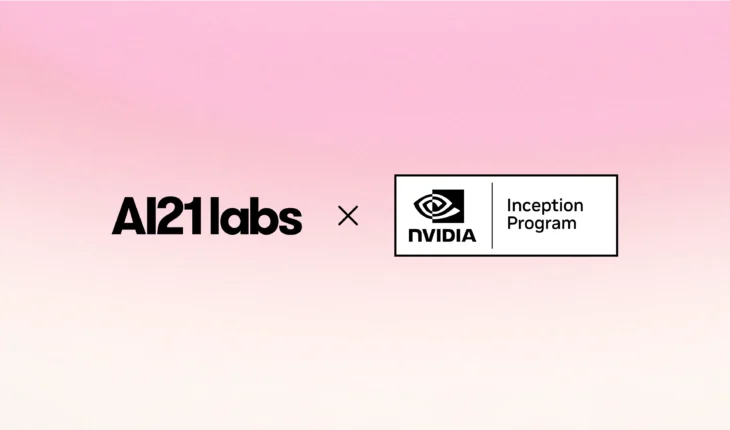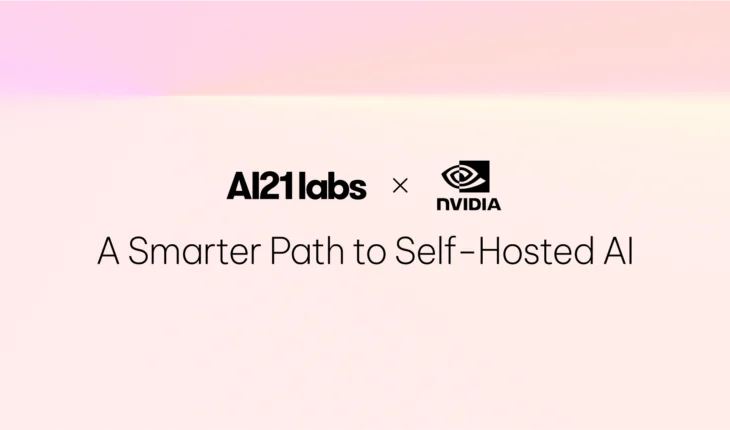Table of Contents
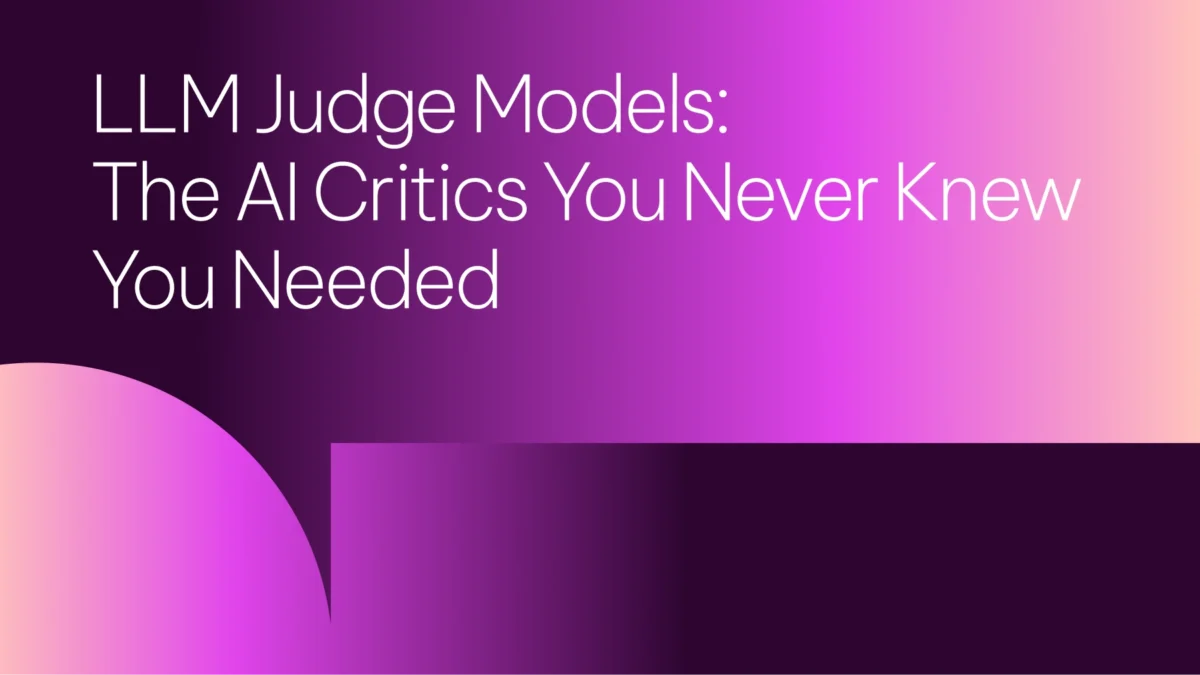
LLM Judge Models: The AI Critics You Never Knew You Needed
So you’ve been optimizing prompts, fine-tuning models, and deploying AI solutions. But have you ever stopped to ask: Who’s evaluating these models?
Enter LLM judge models—the AI critics designed to assess and improve other AI systems. They don’t just score responses; they refine, optimize, and push AI to its limits. Whether you’re developing cutting-edge assistants or enhancing AI reliability in production, these models are changing the game.
Meet the Judges: Reward vs. Critic Models
In a recent YAAP episode, I (Yuval Belfer) sat down with Noam Gat, an Algorithm developer at AI21 Labs, to explore two key types of LLM judges:
1. Reward Models: The Number-Crunching Evaluators
These models assign a single score to AI responses—no explanations, just a number. They’re widely used in Reinforcement Learning from Human Feedback (RLHF) to optimize AI behavior over time.
2. Critic Models: The Detailed Reviewers
Unlike reward models, critics explain their reasoning. If an AI makes a factual error, a critic model doesn’t just lower its score—it provides actionable feedback:
“The assistant made a mathematical error, so this response is inaccurate.”
Both models offer ruthless evaluation. The difference? One gives you a metric; the other gives you insights you can actually use.
Why Judge Models Matter (Hint: Your Competitors Already Use Them)
AI judge models are already shaping the most advanced AI systems. Here’s how they’re making an impact:
Training Smarter AI
Judge models enhance training efficiency by:
- Generating multiple responses for each prompt
- Using reward models to score them
- Optimizing AI to favor the best-scoring responses
This automates model selection at scale, dramatically improving quality. But things are evolving fast—DeepSeek’s R1 is challenging traditional RLHF with “verifiable RL,” which could streamline training even further.
Boosting AI Reliability in Production
For developers shipping AI products, judge models provide key engineering advantages:
- Best-of-N Approach: Generate multiple responses, automatically select the best one, and deliver it to users—higher quality at the cost of more compute.
- Revision Loops: Use critic feedback to iteratively refine AI outputs before they reach customers.
- Data Filtering: Noam’s team saw significant improvements just by filtering out low-quality training data. “Even if some good data gets removed, overall quality improves.”
Why Benchmarks Alone Aren’t Enough
Everyone chases leaderboard scores like:
- RewardBench: The industry standard where NVIDIA’s Nitron boasts 90%+ accuracy.
- PPE (LMArena): A broader benchmark adding objective evaluation tasks.
But Noam’s team discovered a key flaw—high scores don’t always translate to real-world reliability. For example, NVIDIA’s Nemotron-4-340B-Reward excels on RewardBench but struggles with nuanced requests and fine-grained judgments. It’s like a linter that catches syntax errors but misses logical bugs.
The Score Problem No One Talks About
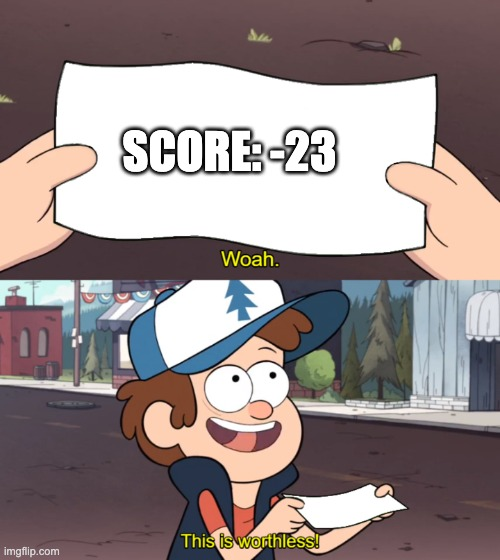
One issue Noam highlighted: Some judge models output wildly inconsistent scores—like a range of “-80 to 3.” Why?
- Many judge models are trained to compare responses rather than assign absolute scores. The Bradley-Terry loss, used commonly to train reward models, encourages maximal separation between chosen and rejected responses, encouraging score divergence.
- This makes scores meaningless outside of relative ranking.
- Noam’s team fixed this with range regularization, normalizing scores for better interpretability.
For AI developers, this is a crucial takeaway: a good judge model isn’t just accurate—it’s consistent and interpretable.
What’s Next for AI Judge Models?
Judge models are rapidly evolving, with major improvements on the horizon:
- Score Calibration
More consistent, interpretable scoring for production use. - Custom Constraints
AI judges that enforce specific business requirements (e.g., brand-friendly outputs). - Verifiable RL
New training methods that reduce the need for extensive supervised fine-tuning.
Noam predicts these advancements will make critic models easier to build and deploy while also boosting AI performance across the board.
How to Integrate Judge Models Into Your AI Stack
Before adopting judge models, here’s Noam’s expert advice:
- Read the license. No, seriously. READ IT. Some judge models come with restrictions that could affect your deployment.
- Look beyond the leaderboards. Test on your specific use cases or create your own benchmarks.
- Know what you’re optimizing for. Are you aiming for global quality improvement or specific constraints? Choose the right evaluation method accordingly.
Final Thoughts: AI Needs Judges—And So Do You
Judge models represent a powerful shift in AI development. They don’t just evaluate AI—they make it better. Whether you’re fine-tuning models, optimizing responses, or filtering training data, judge models are now a core competency for AI engineers.
Or as Noam puts it:
“Understand what you are trying to achieve with your model. Optimize your data, your architecture, and your benchmarks for that.”
Now go forth and judge wisely.
Curious about how judge models are shaping the future of AI? Watch the full YAAP episode with Noam Gat for deeper insights.
Recommended Reading:
Helpsteer2 by NVIDIA – https://arxiv.org/abs/2406.08673
Direct Judge Preference Optimization by Salesforce – https://arxiv.org/abs/2409.14664
Helpsteer2-Preference by NVIDIA – https://arxiv.org/abs/2410.01257v2
DeepSeekMath by DeepSeek (introducer of GRPO) – https://arxiv.org/abs/2402.03300


